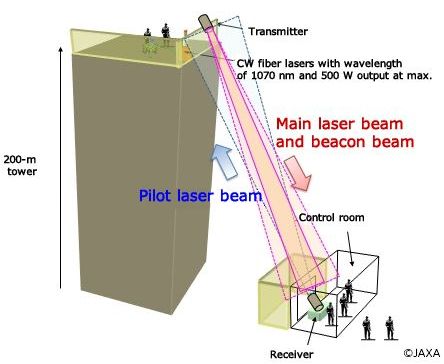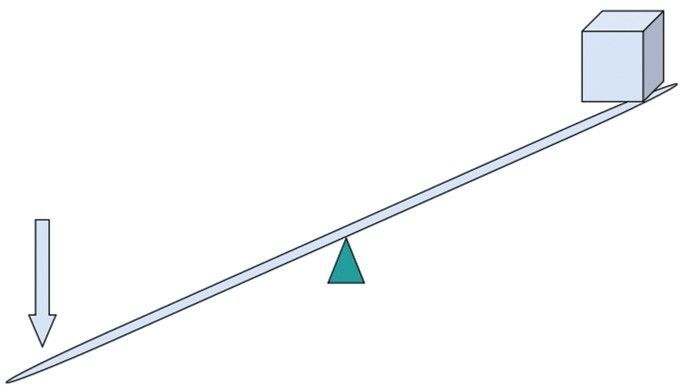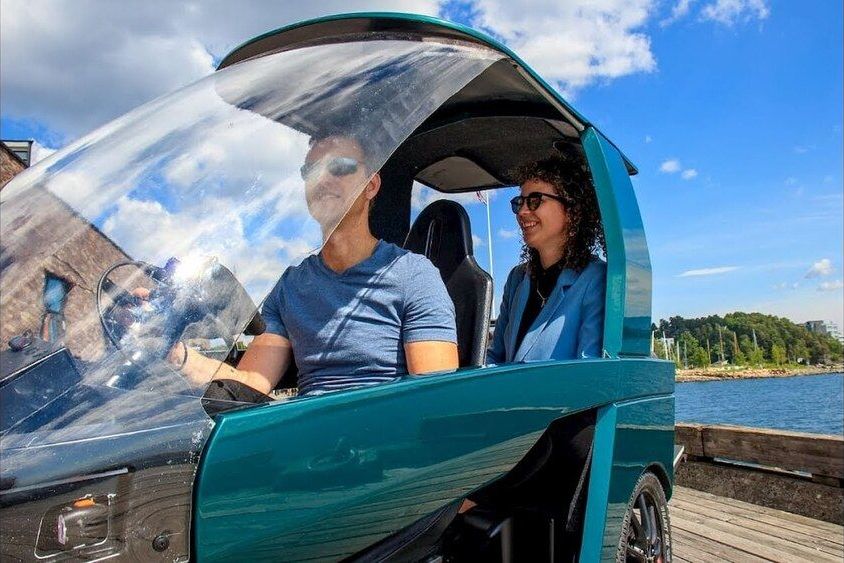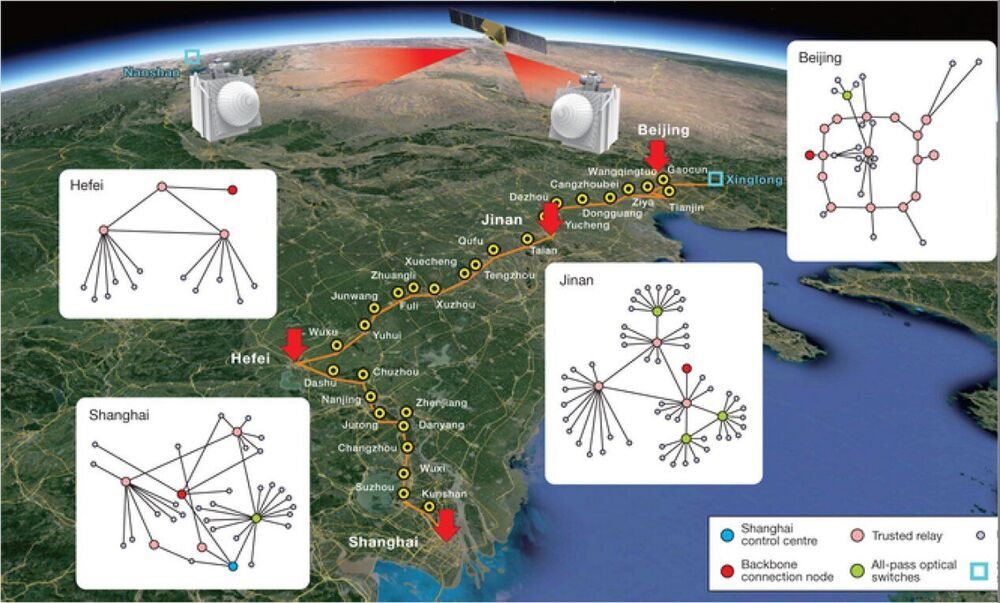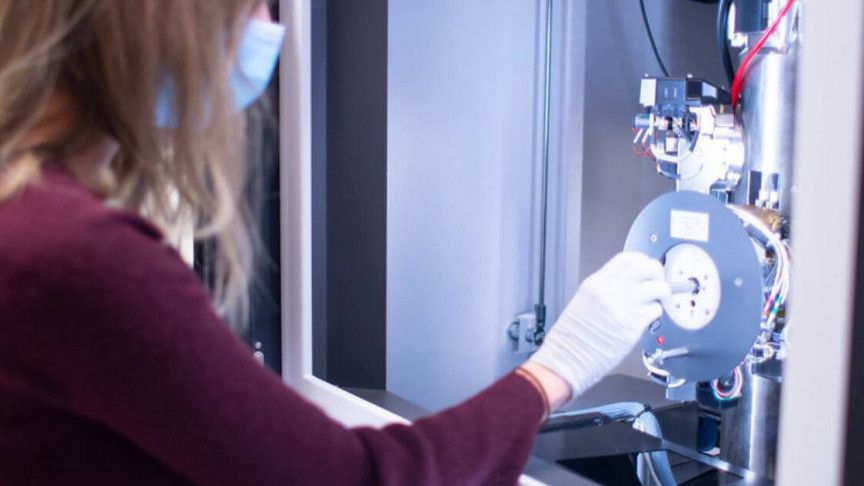Jan 10, 2021
Research on Laser Wireless Power Transmission Technology
Posted by Quinn Sena in categories: energy, sustainability
Like.
The term “LASER” stands for Light Amplification by Stimulated Emission of Radiation. Lasers are a form of artificial light with a uniform phase and wavelength.
A core property of a laser is a low divergence angle that spreads out very little as it projects out further from its source. Lasers are also small enough to fit within compact instrumentation, which makes them ideal for inter-orbit optical communication systems and other systems for communicating over long distances. The Laser-based SSPS (L-SSPS) uses these unique properties to send solar-powered laser energy from space to Earth, where it is converted into electricity.
Continue reading “Research on Laser Wireless Power Transmission Technology” »
